Photojournalist’s Notebook: São Paulo’s Wastewater
Despite new expansion efforts, wastewater treatment in São Paulo remains woefully inadequate, especially in favelas and other underserved areas. Improperly treated sewage poses a health hazard not only in São Paulo, but also in areas downstream of the megacity.
Charged with supplying water and wastewater services is state-owned Sabesp, one of the world’s largest water utility companies — managing water supplies for 27.9 million people and sanitation for 21.5 million.
In 2017, Sabesp completed an expansion of ETE Barueri, one of the largest sewage treatment plant in Latin America. The expansion allows ETE Barueri to treat the sewage of nearly 6 million people. The facility can process sewage at the rate of 12,000 liters per second. Sabesp plans to finance R$13.9 billion (US$ 4.3 billion) in water availability improvements across São Paulo state by 2021.
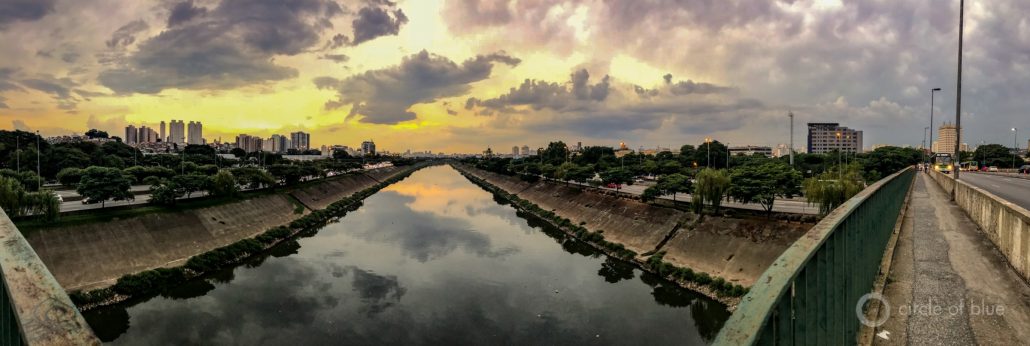
A maze of wastewater canals flows through the city of São Paulo, Brazil.
Photo © J. Carl Ganter / Circle of Blue
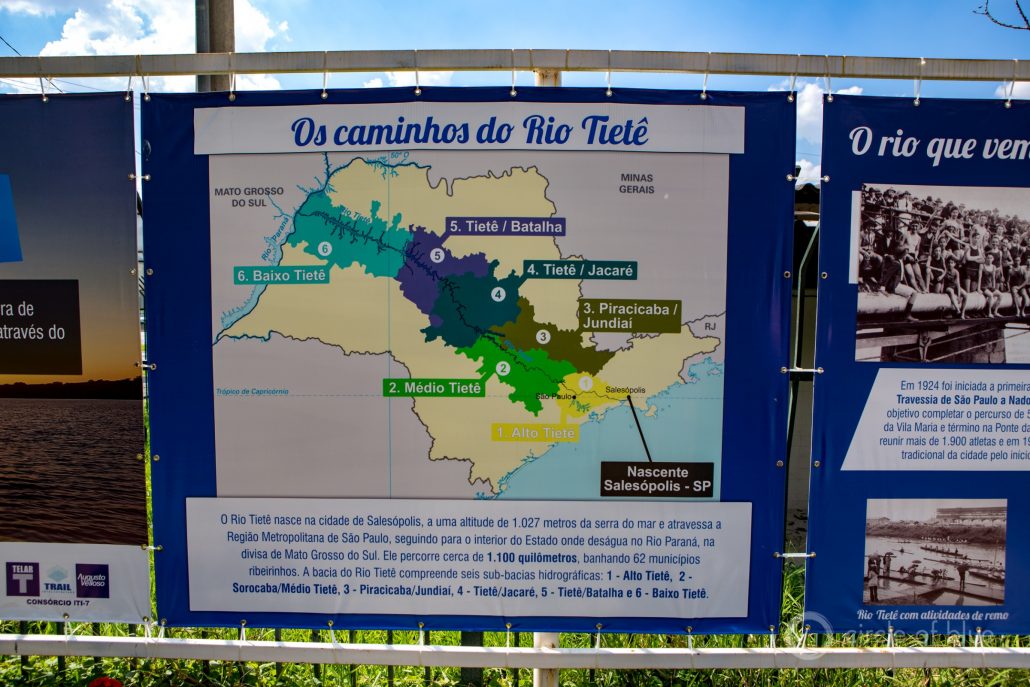
The Tietê River starts in the state of São Paulo and flows inland. Poor waste management in parts of São Paulo causes a vexing problem for the hundreds of cities and communities downstream: untreated sewage in the river.
Photo © J. Carl Ganter / Circle of Blue
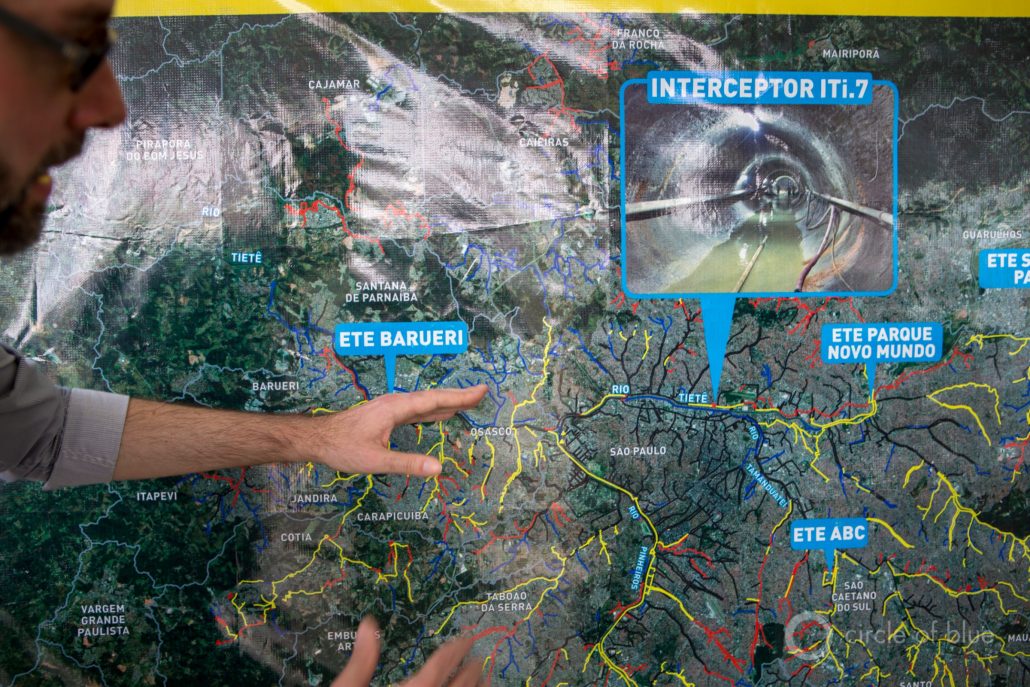
Manoel Schlindwein, a communications officer for São Paulo’s water and waste management company Sabesp, shows the extent of the city’s water and sanitation system.
Photo © J. Carl Ganter / Circle of Blue
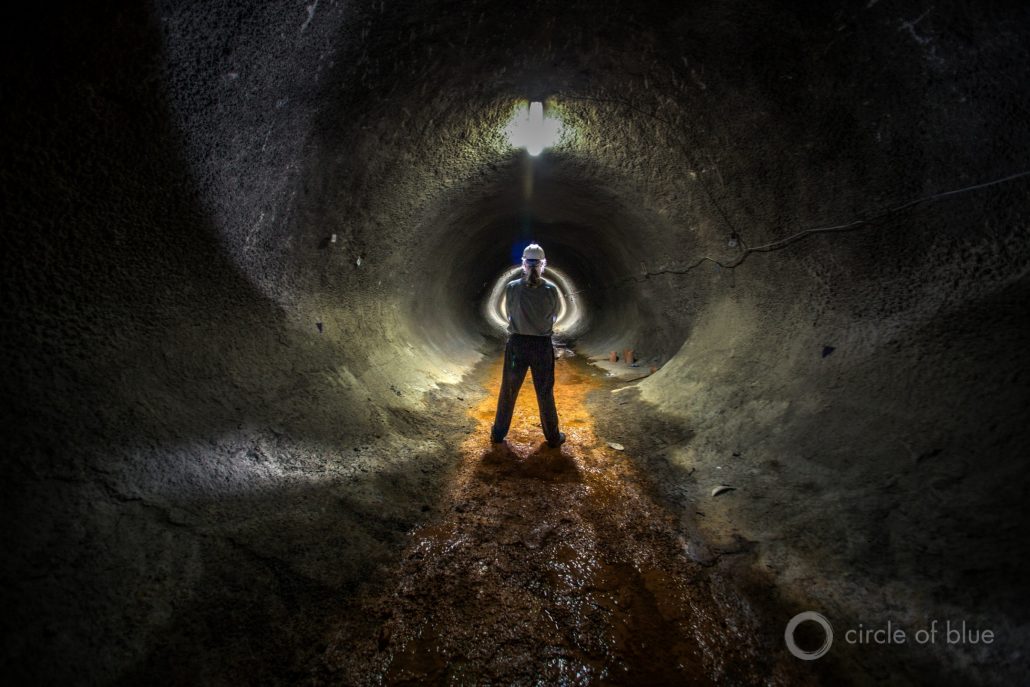
An engineer for Sabesp stands in a sewage tunnel being constructed beneath São Paulo. Sabesp is one of the world’s largest sanitation companies, supplying water to 27.9 million people and treating the sewage of 21.5 million.
Photo © J. Carl Ganter / Circle of Blue
J. Carl Ganter is co-founder and director of Circle of Blue, the internationally recognized center for original frontline reporting, research, and analysis on resource issues with a focus on the intersection between water, food, and energy.

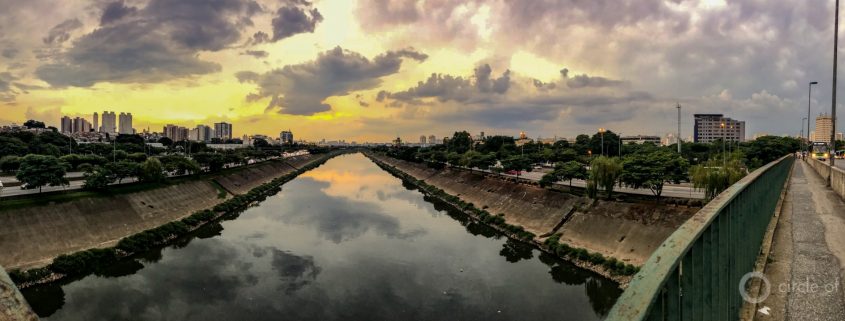
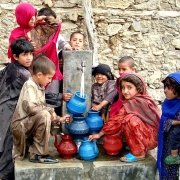
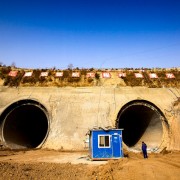

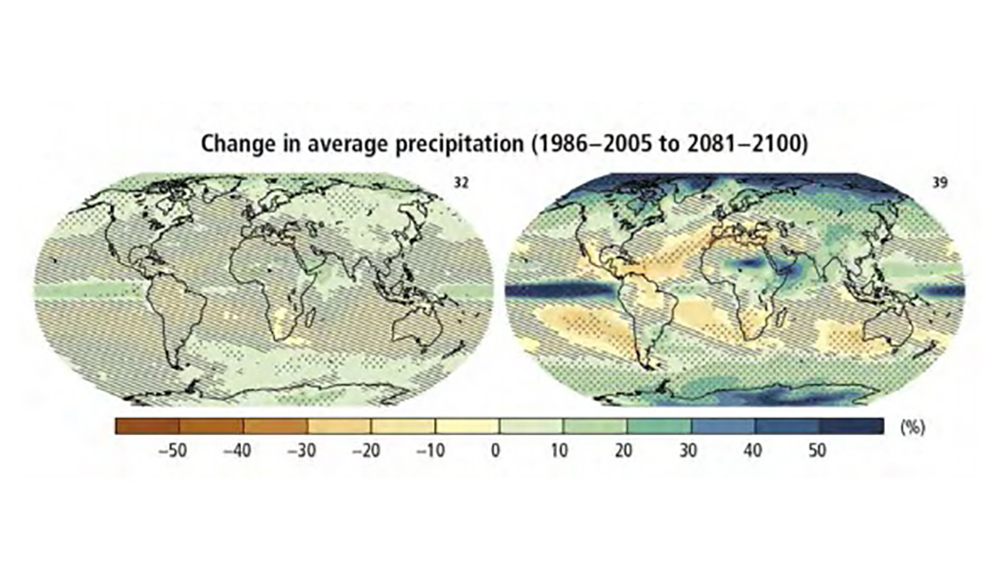



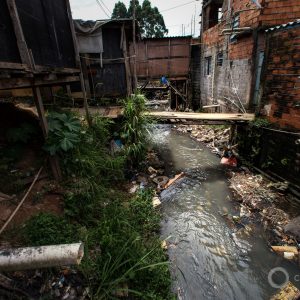

Leave a Reply
Want to join the discussion?Feel free to contribute!